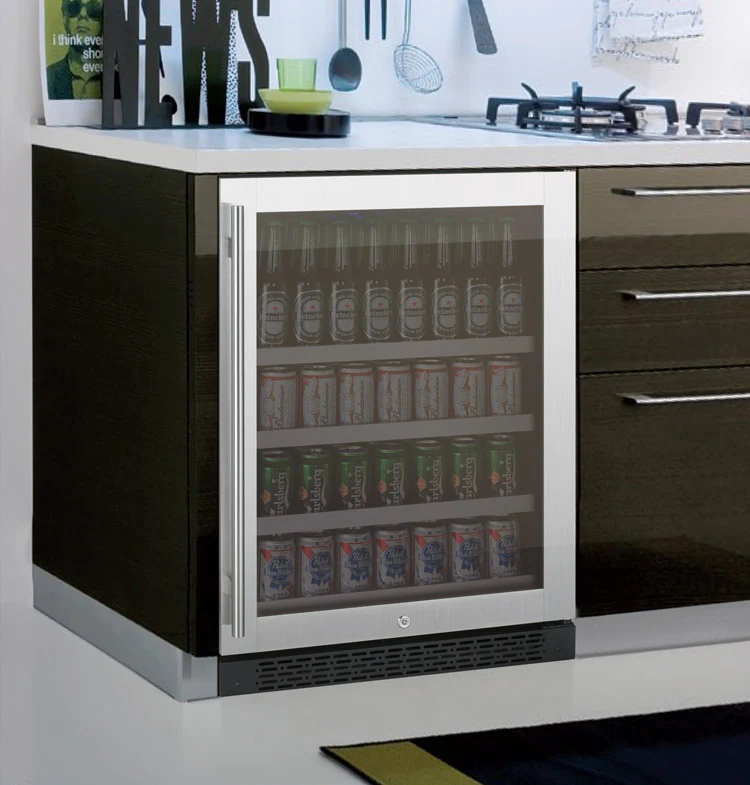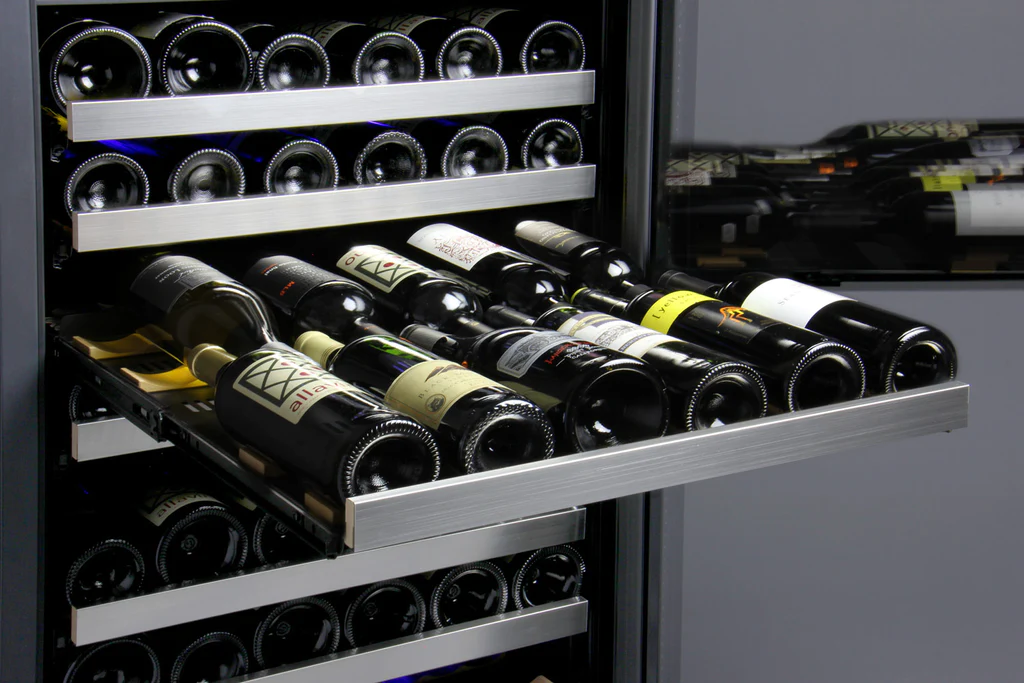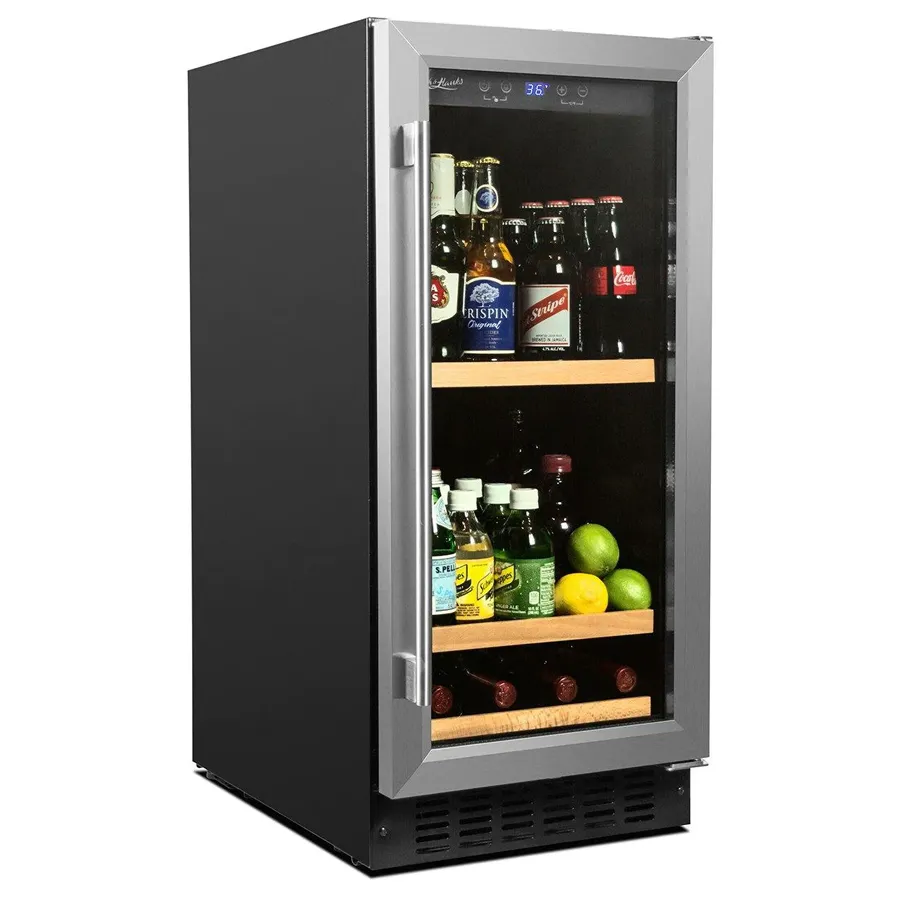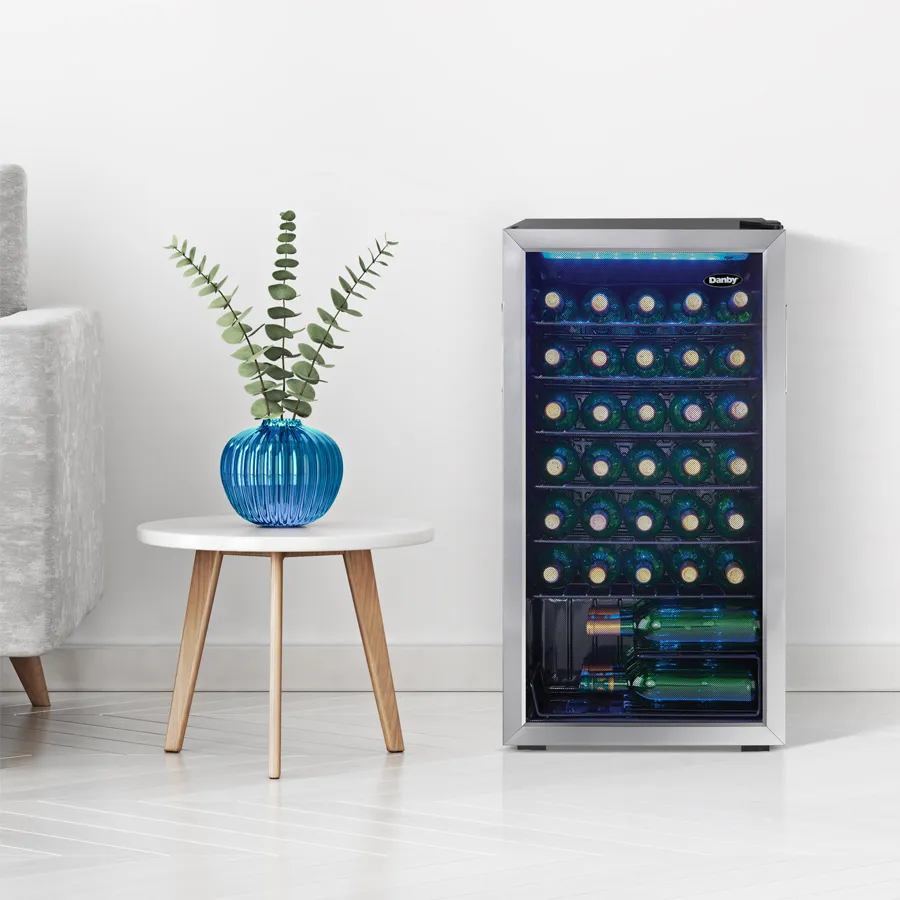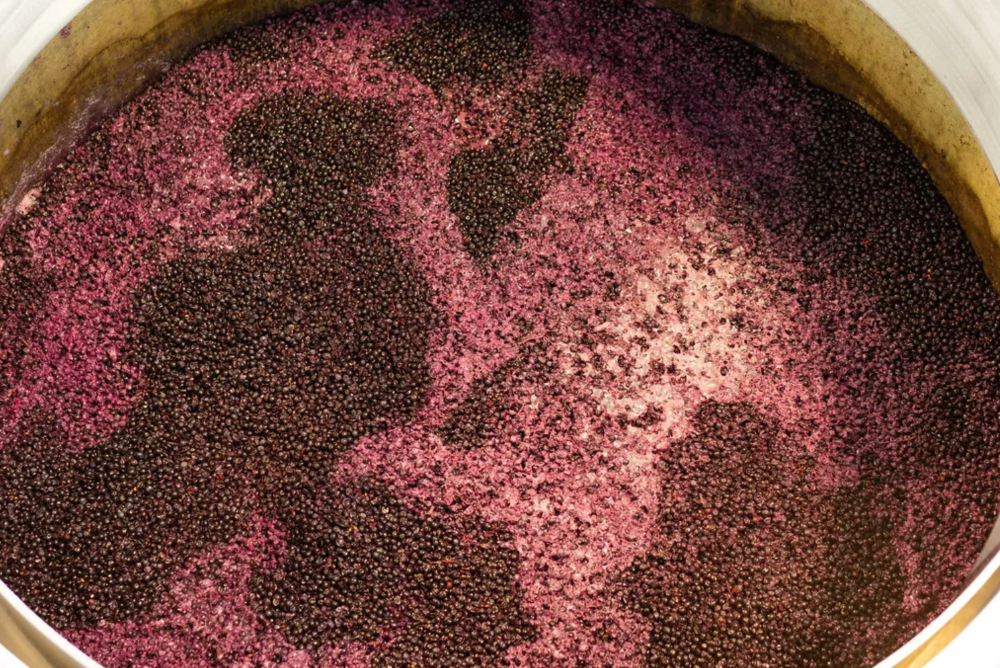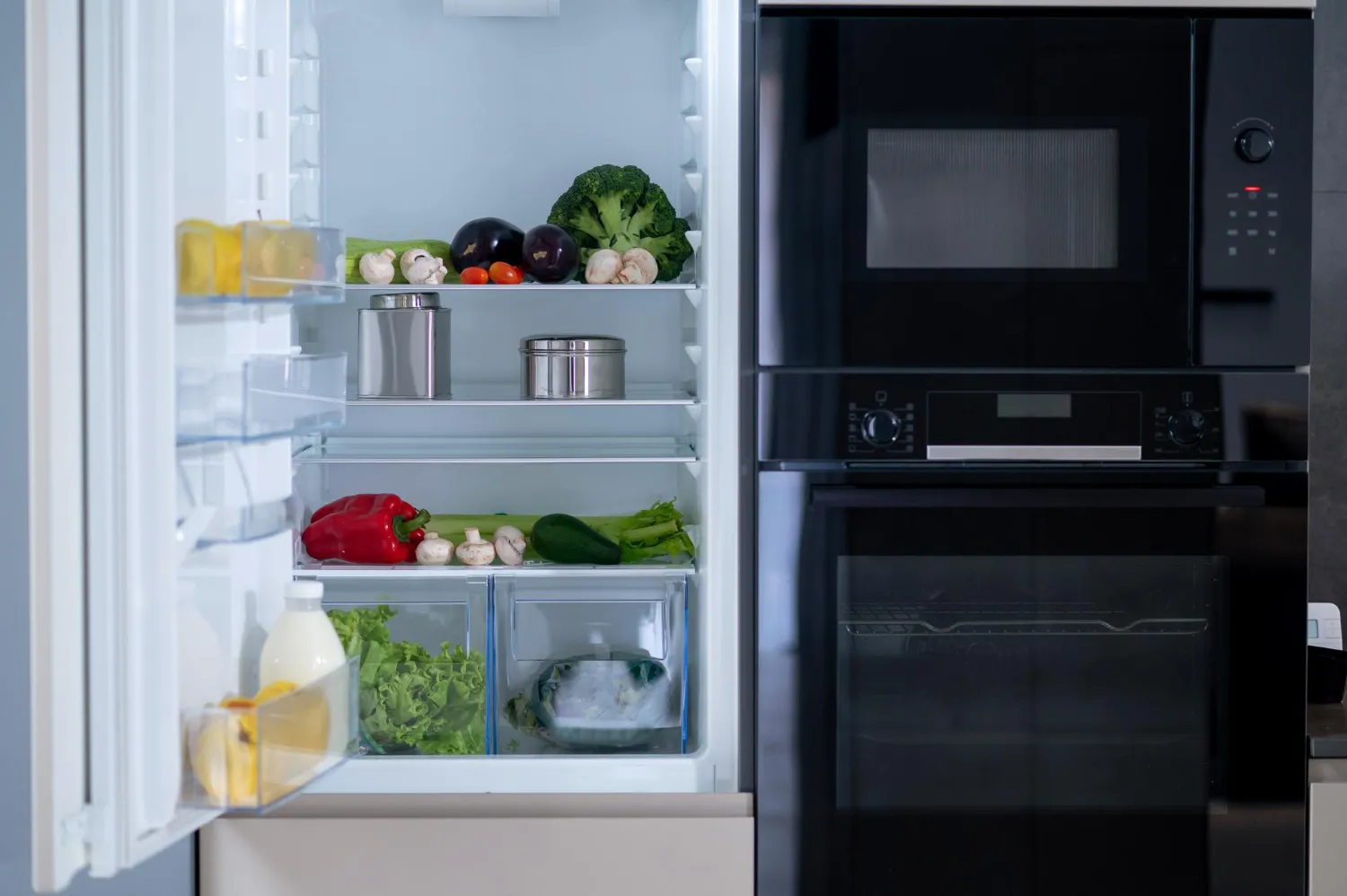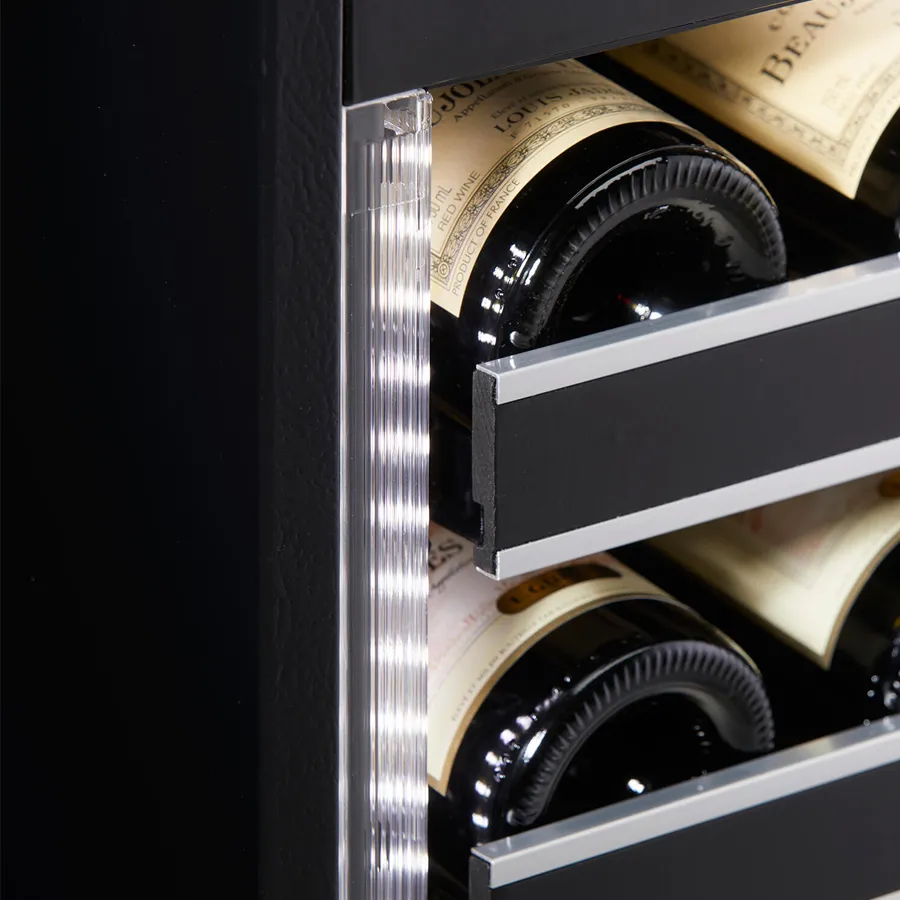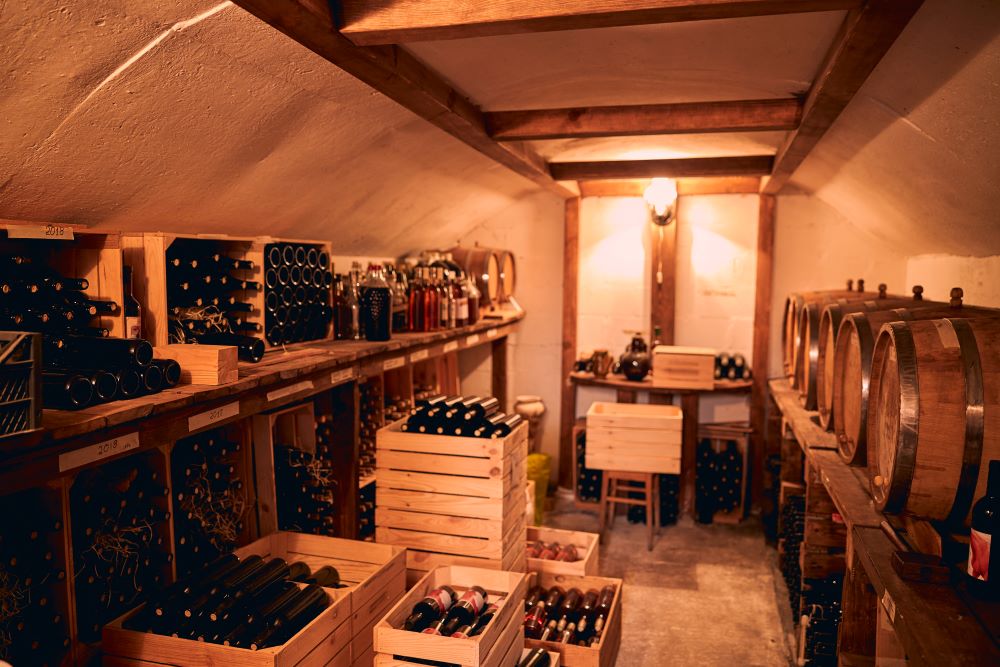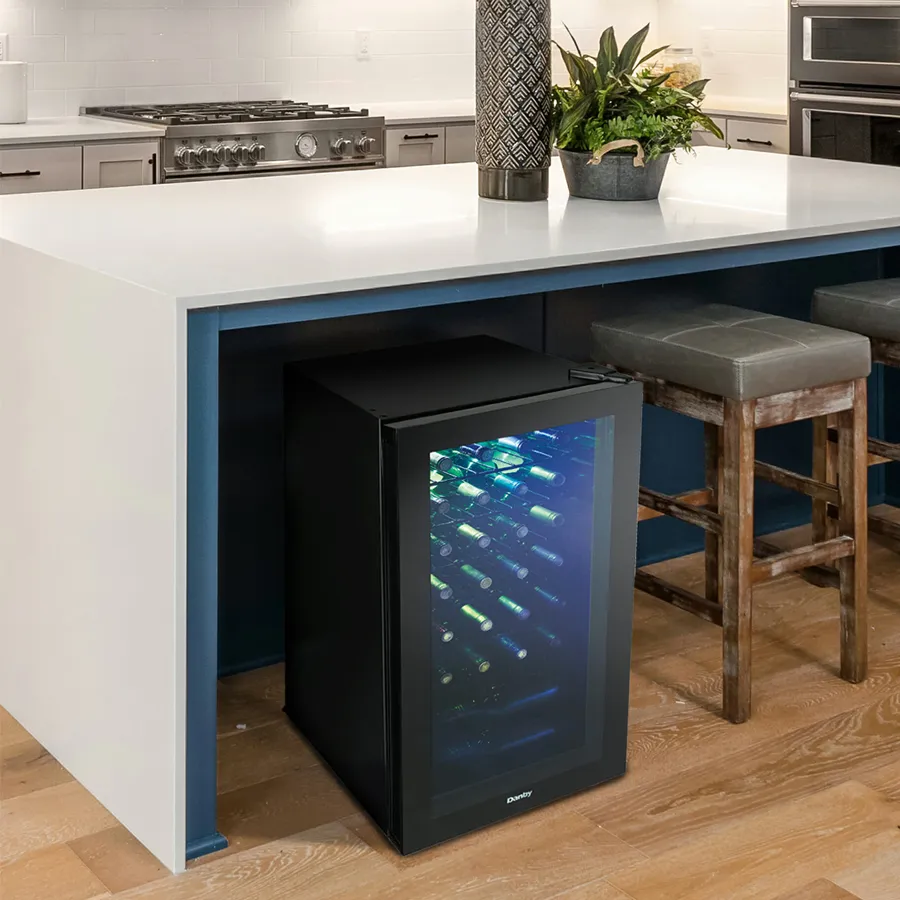Indeed, it is possible to store cheese in a wine cooler. While wine coolers are primarily used for storing and chilling bottles of wine, they can also be utilized to preserve and age cheese. However, there are certain considerations and guidelines to keep in mind when using a wine cooler for cheese storage. In this blog post, we will explore the advantages and drawbacks of using a wine cooler for cheese, as well as provide tips for optimal storage conditions and maintenance to ensure the quality and flavor of your cheese.
About Cheese Preservation
Before we discuss whether it is safe to store cheese in a wine cooler, it is important to understand the basics of cheese preservation. Cheese is a dairy product that is highly perishable and needs to be stored properly to maintain its freshness and quality over time. One of the most important factors in preserving cheese is maintaining the ideal conditions for storage. Cheese should be kept at a consistent temperature and humidity level to prevent it from drying out or becoming too moist. The ideal temperature for cheese storage is between 35-45°F, and the humidity level should be around 80-85%.
=> Read More: What Can You Put in Wine Cooler Besides Wine?
Factors Affecting Cheese Quality Over Time
Cheese can be affected by many factors over time, including temperature, humidity, and exposure to light and air. These factors can cause cheese to spoil, mold, or lose its flavor and texture. Knowing how to properly store and handle cheese is crucial in preserving its quality and preventing spoilage.
- Temperature fluctuations
- Humidity levels
- Exposure to light and air
This understanding of the factors affecting cheese quality over time will help you make informed decisions about the storage and preservation of your cheese. By paying attention to these factors, you can ensure that your cheese stays fresh and delicious for longer periods.
Tips for Keeping Cheese Fresh in a Wine Cooler
Odor Management:
Cheese, renowned for its robust aroma, has the potential to impart its flavors to other items in the fridge. To mitigate this, it is recommended to store strongly scented cheeses in airtight containers or wrap them in specialized cheese paper. This precautionary measure prevents the diffusion of odors, ensuring that each cheese maintains its distinct flavor profile.
Cheese Variety and Temperature Conditions:
While wine fridges offer versatility, it’s essential to recognize that different cheeses thrive in distinct temperature and humidity conditions. Conduct thorough research on the specific requirements of each type of cheese and categorize them accordingly. By grouping cheeses with similar needs, you create an environment within the wine fridge that is conducive to the optimal maturation of each variety.
Rotation and Monitoring:
Similar to the care taken with wine, regular monitoring, and rotation are indispensable for ensuring cheeses mature evenly and reach their peak flavor. Periodically inspect your cheese collection for any signs of mold growth or changes in texture. This attentive approach guarantees that each cheese is given the attention it needs to develop its unique character.
Coexisting with Wine:
Always check the wine fridge’s temperature and humidity settings to be sure your cheese and wine will go well together. When kept in the same refrigerator as some cheeses, their aromas can alter the flavor of wine. Think about making sure the wine and cheese go in different containers if at all possible so that their flavors don’t mix. This separation keeps the individual flavors intact without altering the overall flavor profile.

